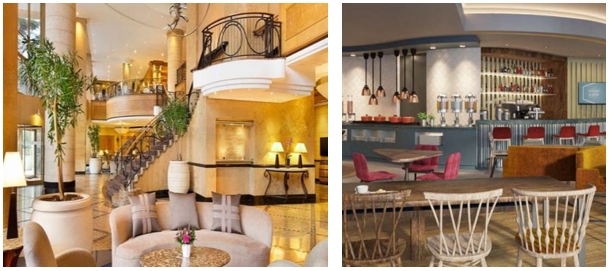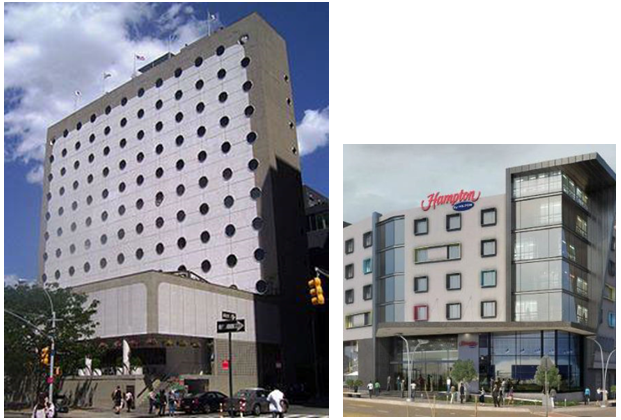Publications

Eckhard van As
22nd Sep, 2019
Eckhard van As
15th Mar, 2023
The timing of South Africa’s political changes in late 2017 and into early 2018 could not have come at a better time for the South African hotel market. Averting a further credit downgrade, and the subsequent increase in business confidence has ushered renewed optimism for a sector after several years of muted growth and tight liquidity. While the tough trading conditions have continued into the first part of 2018, it is not uncommon to see increased corporate travel activity lag renewed business confidence, and we expect to see stronger demand in the latter part of 2018 and into 2019 (Wayne Godwin, 2018).
This statement is visible in the recent released SA Hotel Investment report, this report forecast that over the next year a total of R1.9 billion will be invested into new hotels and over the next three years (2019-2022) a total amount of around R6.9 billion. This will account to approximately 3 900 – 4 200 new rooms across South Africa.
The report indicates that there is a new trend in terms of hotel investors. These investors disrupt the sector by means of innovative lifestyle concepts that offer a compelling value orientated package.
The new upcoming consumers of hotels, that will occupy and increase the occupancy percentages over the next 3 years are the millennial generation. This is and will be one of the largest determining factors when considering refurbishment of existing hotels, as well as developing new hotels.
Therefore, we experience that investors are more interested in the ‘lifestyle’ brands that are emerging into the market. These brands focus more on incorporating technology into public spaces and into the brands service offering model. These ‘lifestyle’ brands tend to focus on a specific group of consumers, as mentioned above the millennials, therefore these types of brands focus on niche market products. This approach differentiates their brand from the current 63 000 hotel rooms in South Africa.
Nijnens notes: “Between higher development costs, the density of full-service branded hotels in major markets, and the higher operating costs of full-service vs select service hotels, the road to growth and scale is changing for hotel operators. Many new entrants have successfully disrupted the market by having a unique and innovative concept at a more affordable price point.”
The current room occupancy year to year growth for 2017 – 2018 was rather flat, this indicate that the hotel market will continue to feel the pressure over the short term. However, over the long term it does look promising as the tourism are on the rise again which means the hospitality industry will grow. The success of the new nodes and brands is likely to continue, the hotels that will not be able to meet the needs of the new nodes and trends will in all likely hood come under more pressure.
Below is an example of the public areas of older hotel brands (left) and modernized hotel brands (right).


The picture on the left is a typical 1900’s hotel façade and the picture on the right are a modernized new proposed hotel façade. In conclusion I cannot set Jay Asher and William Arthur Ward sentiments better as my view for the changing approach of future hotel developments in South Africa:
“You can’t stop the future,
You can’t rewind the past.
The only way to learn the secret … is to press play.” (Jay Asher, Thirteen Reasons Why)
“The pessimist will complain about the wind; the optimist will expect it to change; the realist will adjust the sails.” (William Arthur Ward) BRAND.
EARLIER POSTS